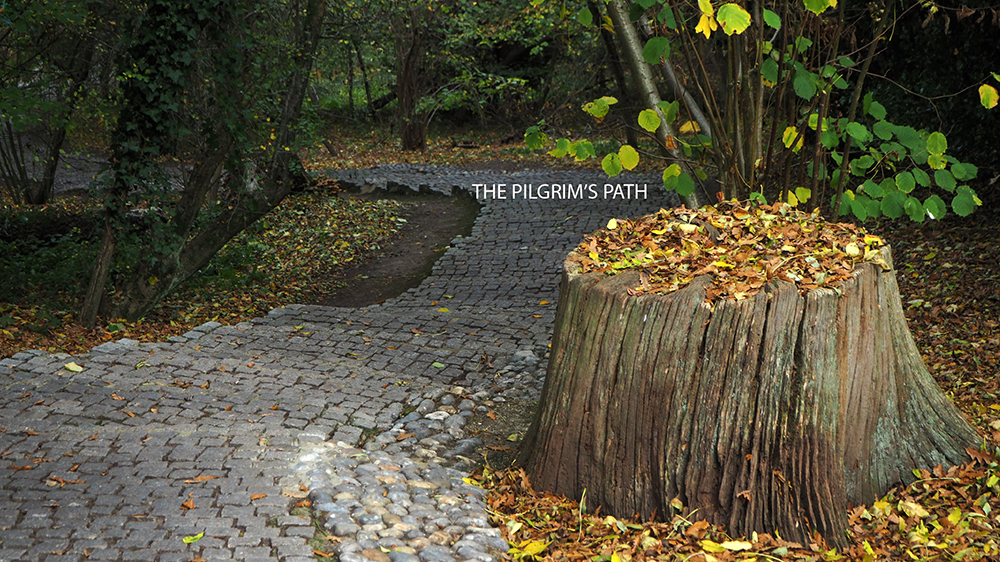Geoffrey Jellicoe’s work on design theory may come to be seen as his most important contribution to landscape architecture, argues Tom Turner

Good carpentry, good cooking, and good landscape architecture depend on good methods. Some are tradition-based. Others are theory-based. The Japanese have a ‘Zen’ tradition of ‘carpentry without nails’. Chinese site planning is infused with Daoism, as is Chinese cooking.
Before the 20th century, design traditions were associated with nations. In this age of globalisation they tend to be international and theory-based.
English landscape architecture was strong in the eighteenth century. Since then it has weakened, both in theory and in practice. Geoffrey Jellicoe’s work on design theory, though currently under-appreciated, may come to be seen as the most important of his many contributions to landscape architecture.
Born in 1900, Jellicoe’s career spanned the design movements of the twentieth century: Arts and Crafts Classicism, Modernism and Postmodernism. He also anticipated post-Postmodernism. As Jellicoe saw it, the turning points in his design approach took place in the 20s, when he encountered Modernism at the Architectural Association, and in the 60s when working on his design for the Kennedy Memorial at Runnymede. His design used The Pilgrim’s Progress, by John Bunyan, as an allegory. To ascend the steps is to follow a Pilgrim’s path. For the designer, descending the steps reveals a deeper approach to design.
From my perspective, 21 years after his death, there were four stages in Jellicoe’s design progression:
- in his teens, Jellicoe loved Classicism
- in his twenties, he was attracted to Modernism
- in his sixties, he swung towards Postmodernism
- in his eighties, he explored the approach now described as Landscape Urbanism (which I would classify as post-Postmodernism)
Since Jellicoe never lost his love of Classicism and never became a ‘root-and-branch’ Modernist, I think his design career is best understood as Postmodern – in Bernard Iddings Bell’s sense much more than Charles Jencks’s sense. Bell wrote that ‘Fundamentalism is hopelessly outdated. Modernism has ceased to be modern. We are ready for some sort of postmodernism.’ Bell’s focus was Christianity, but he was also interested in art and declared that ‘All art exists for the sake of truth’.
Jellicoe saw his Runnymede design as the project during which he gained a full appreciation of the place of the subconscious in landscape design. It was also the project on which he appreciated the need to integrate the visible and invisible worlds, the products of the conscious and unconscious mind. As a design method, it drew on both Classical and Modernist theories. As a realised design, it was a key point in the development of Jellicoe’s mature approach to landscape architectural theory. Generally, British landscape architecture has been equally uncertain in its approaches to Modernism, Postmodernism and ‘what comes next’.
Since the time of Repton and Loudon, landscape architects have been too uninterested in design theory. Consequently, our work has suffered and continues to suffer. This is likely to continue until we have more theoretical clarity about what to do and how to do it. Design methods and design methodology are of key importance. The former includes the 3-, 4-, 5-, 6- and 7-sheet methods. The latter is concerned with ‘reasoning about design methods’ and is often influenced by movements in philosophy and by theories of art.

Tom Turner is a landscape architect and landscape planner. He taught at the University of Greenwich and has authored several books and essays on landscape architecture, landscape planning and garden history.
Tom contributed another article on Sir Geoffrey Jellicoe to the Winter 2016 edition of the Landscape Journal.





